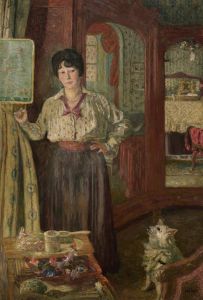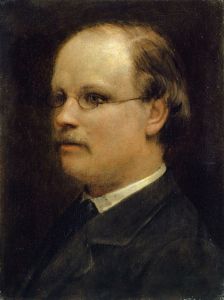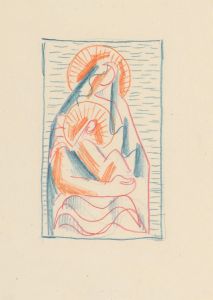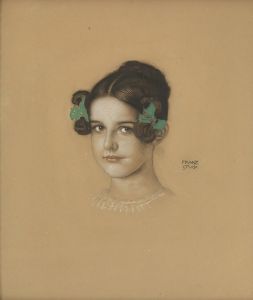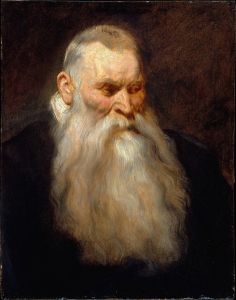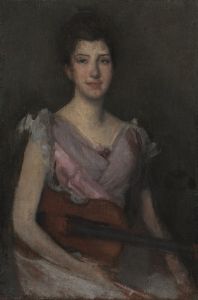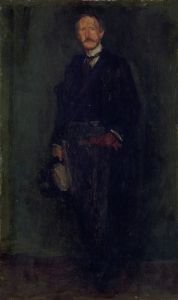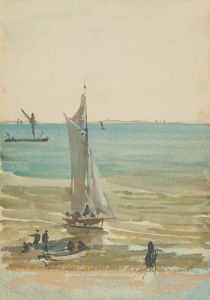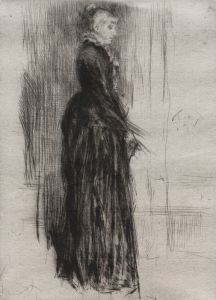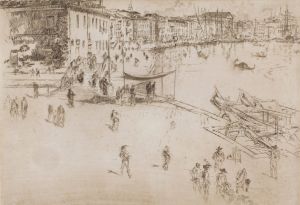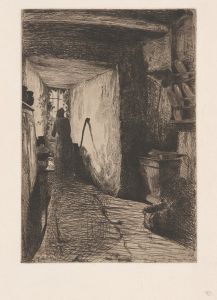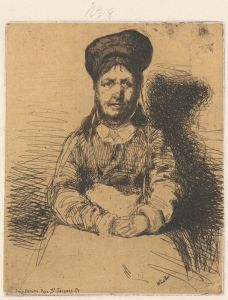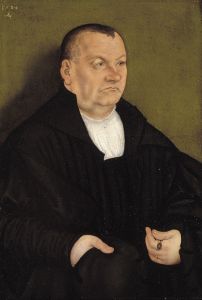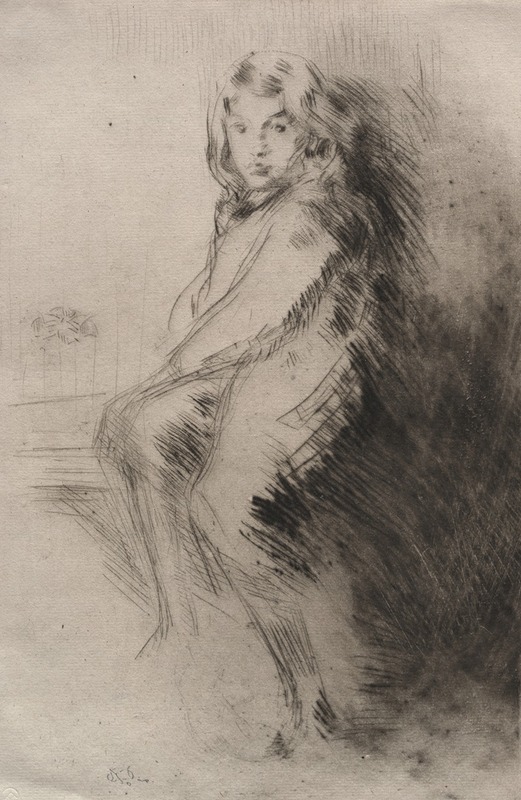
The Boy
A hand-painted replica of James Abbott McNeill Whistler’s masterpiece The Boy, meticulously crafted by professional artists to capture the true essence of the original. Each piece is created with museum-quality canvas and rare mineral pigments, carefully painted by experienced artists with delicate brushstrokes and rich, layered colors to perfectly recreate the texture of the original artwork. Unlike machine-printed reproductions, this hand-painted version brings the painting to life, infused with the artist’s emotions and skill in every stroke. Whether for personal collection or home decoration, it instantly elevates the artistic atmosphere of any space.
James Abbott McNeill Whistler was an American artist known for his significant contributions to the art world during the late 19th century. He was associated with the Aesthetic Movement, which emphasized art for art's sake, focusing on beauty and visual harmony rather than narrative content. Whistler is best known for his paintings, etchings, and lithographs, and his work often featured a subtle interplay of color and form.
One of Whistler's lesser-known works is "The Boy," a painting that reflects his distinctive style and artistic philosophy. While there is limited information available specifically about "The Boy," it is consistent with Whistler's broader body of work, which often included portraits and figure studies.
Whistler's approach to portraiture was unique in that he often sought to capture the essence and mood of his subjects rather than focusing solely on realistic representation. This approach can be seen in his most famous work, "Arrangement in Grey and Black No. 1," commonly known as "Whistler's Mother." In "The Boy," Whistler likely employed a similar technique, using a restrained palette and delicate brushwork to convey the character and presence of the subject.
Whistler was heavily influenced by Japanese art, which is evident in his use of composition and color. This influence is part of what set his work apart from his contemporaries and contributed to the development of his signature style. His paintings often featured harmonious color schemes and a sense of balance, which can be seen in "The Boy" through the careful arrangement of elements within the composition.
Throughout his career, Whistler was known for his innovative approach to art and his willingness to challenge traditional norms. He often titled his works using musical terms, such as "arrangement" or "nocturne," to emphasize the importance of composition and mood over subject matter. This practice reflects his belief that art should be appreciated for its aesthetic qualities rather than its narrative content.
Whistler's influence extended beyond his paintings; he was also a prominent figure in the art world, known for his sharp wit and outspoken views on art and society. He was involved in several high-profile legal battles, including a famous libel case against the art critic John Ruskin, which highlighted the tensions between traditional and modern approaches to art during that period.
Despite the challenges he faced, Whistler's work has had a lasting impact on the art world. His emphasis on aesthetic beauty and his innovative techniques have inspired generations of artists. "The Boy," like many of his other works, exemplifies his commitment to exploring the visual and emotional potential of art.
In summary, while specific details about "The Boy" by James Abbott McNeill Whistler are limited, the painting is representative of his broader artistic style and philosophy. Whistler's contributions to the art world continue to be celebrated for their beauty, innovation, and influence on subsequent generations of artists.






